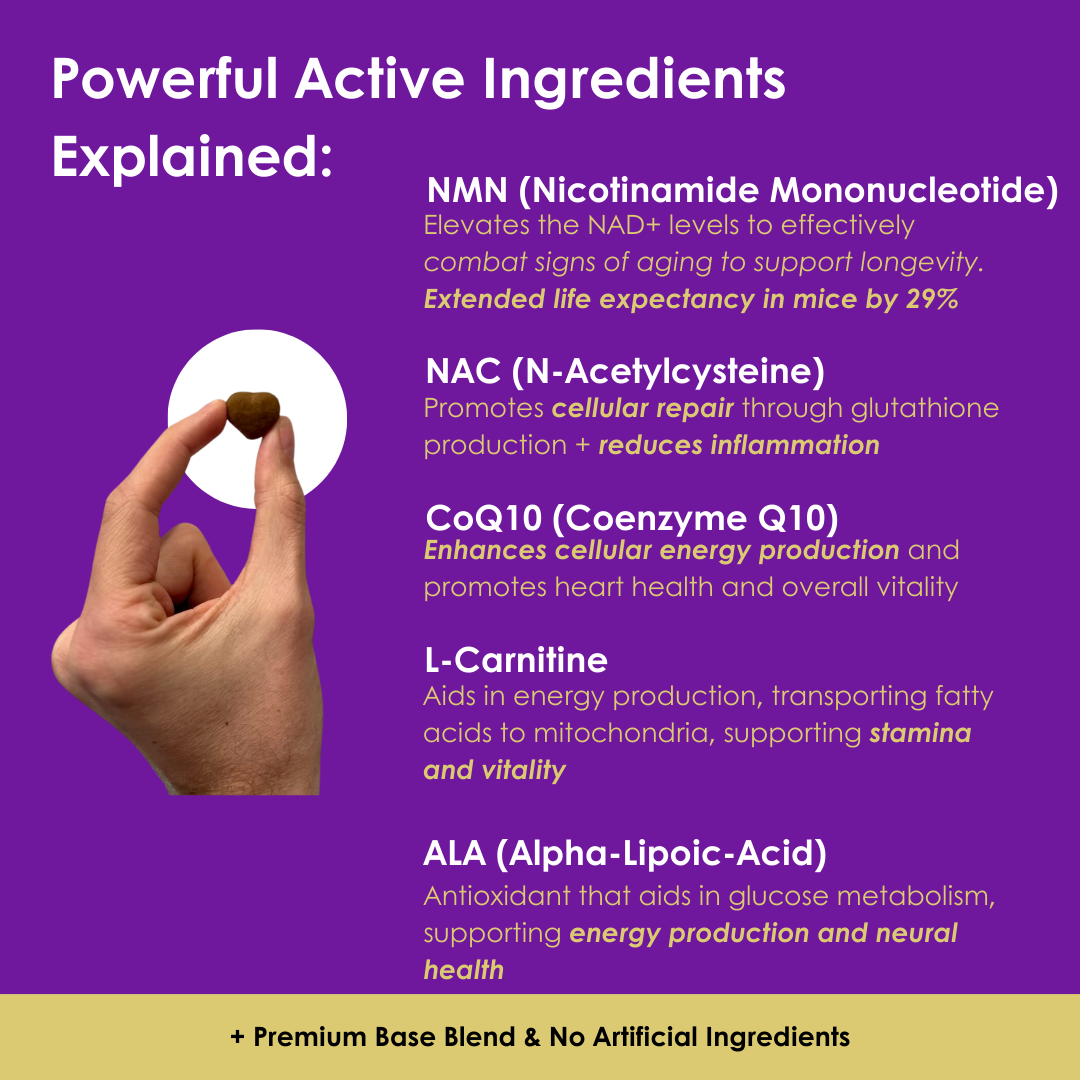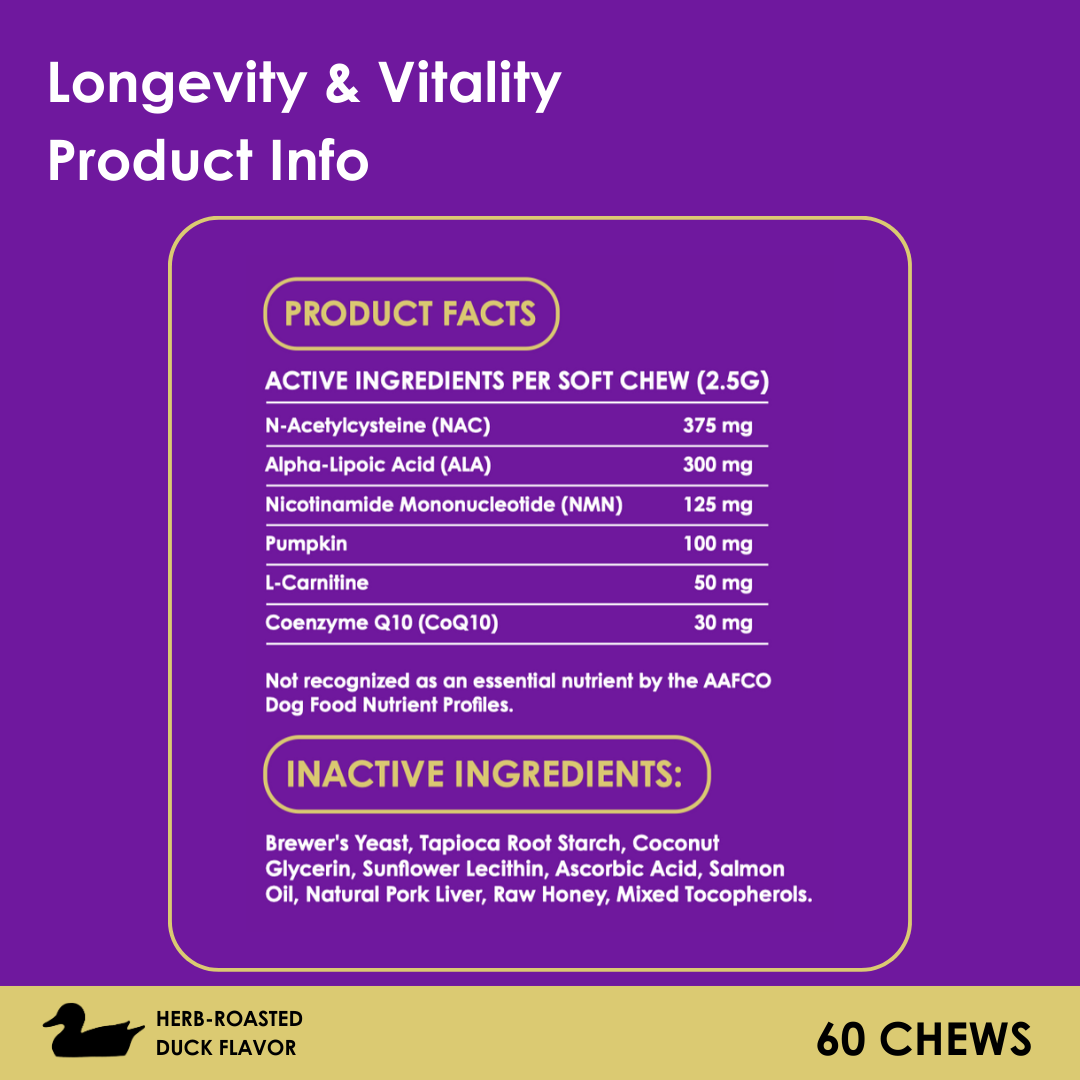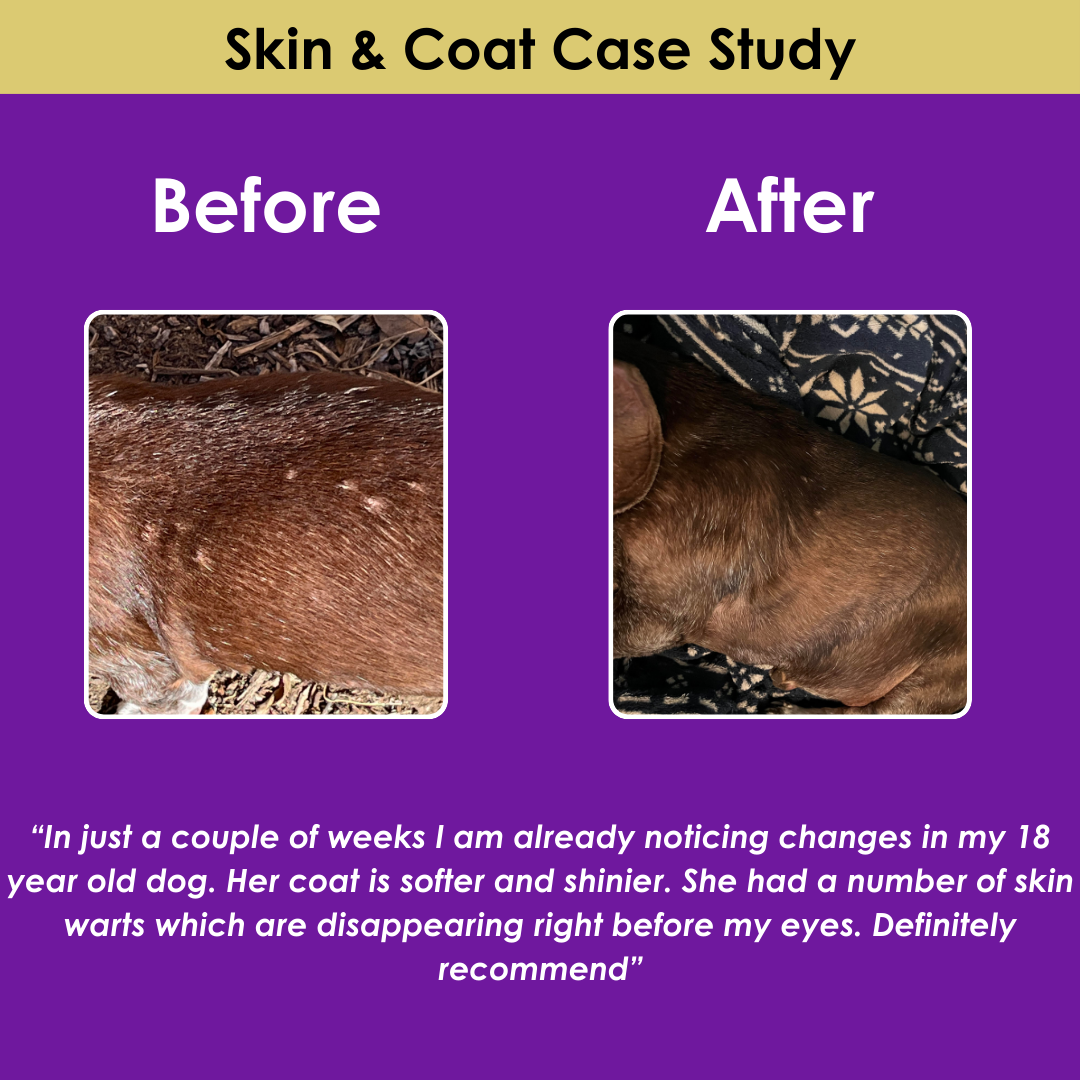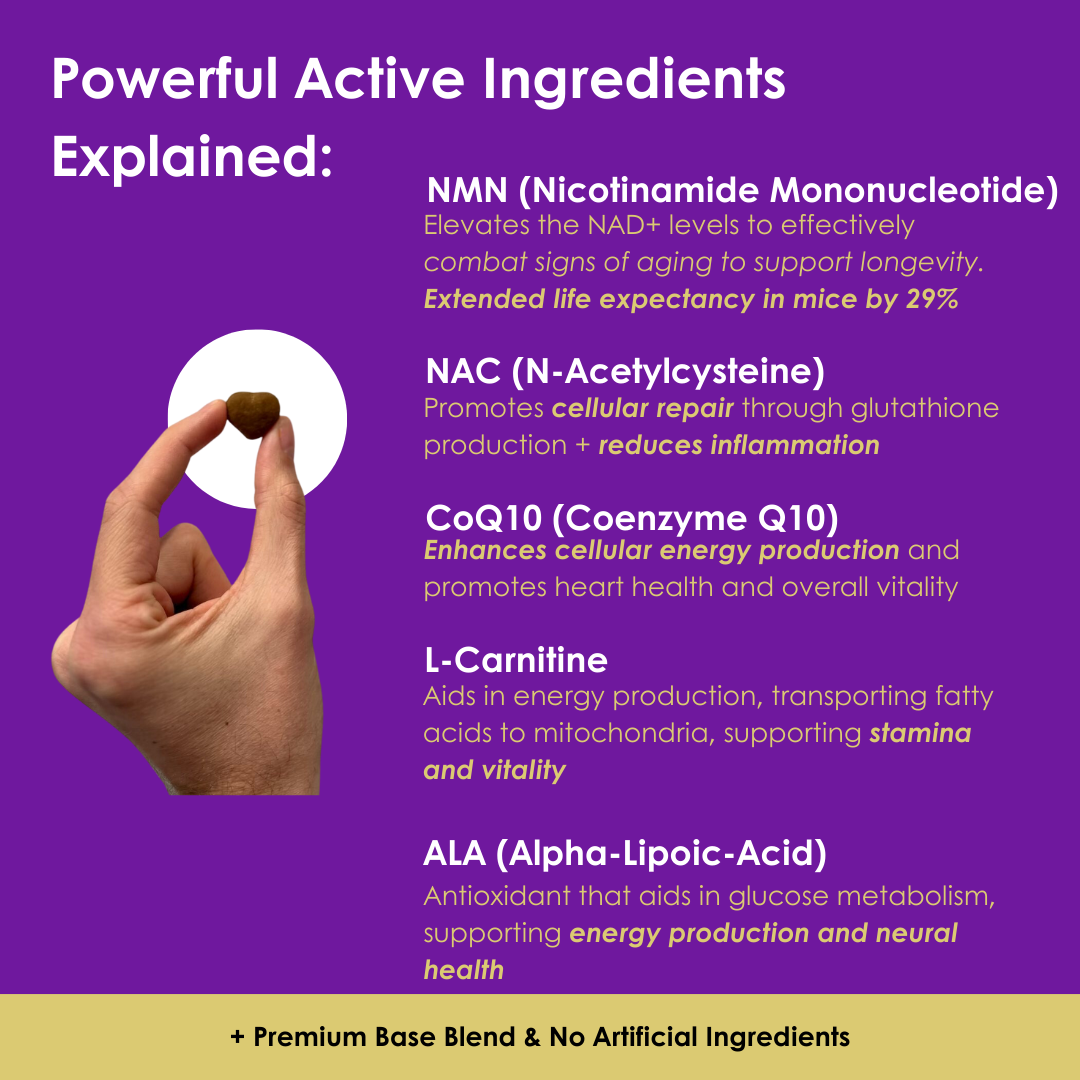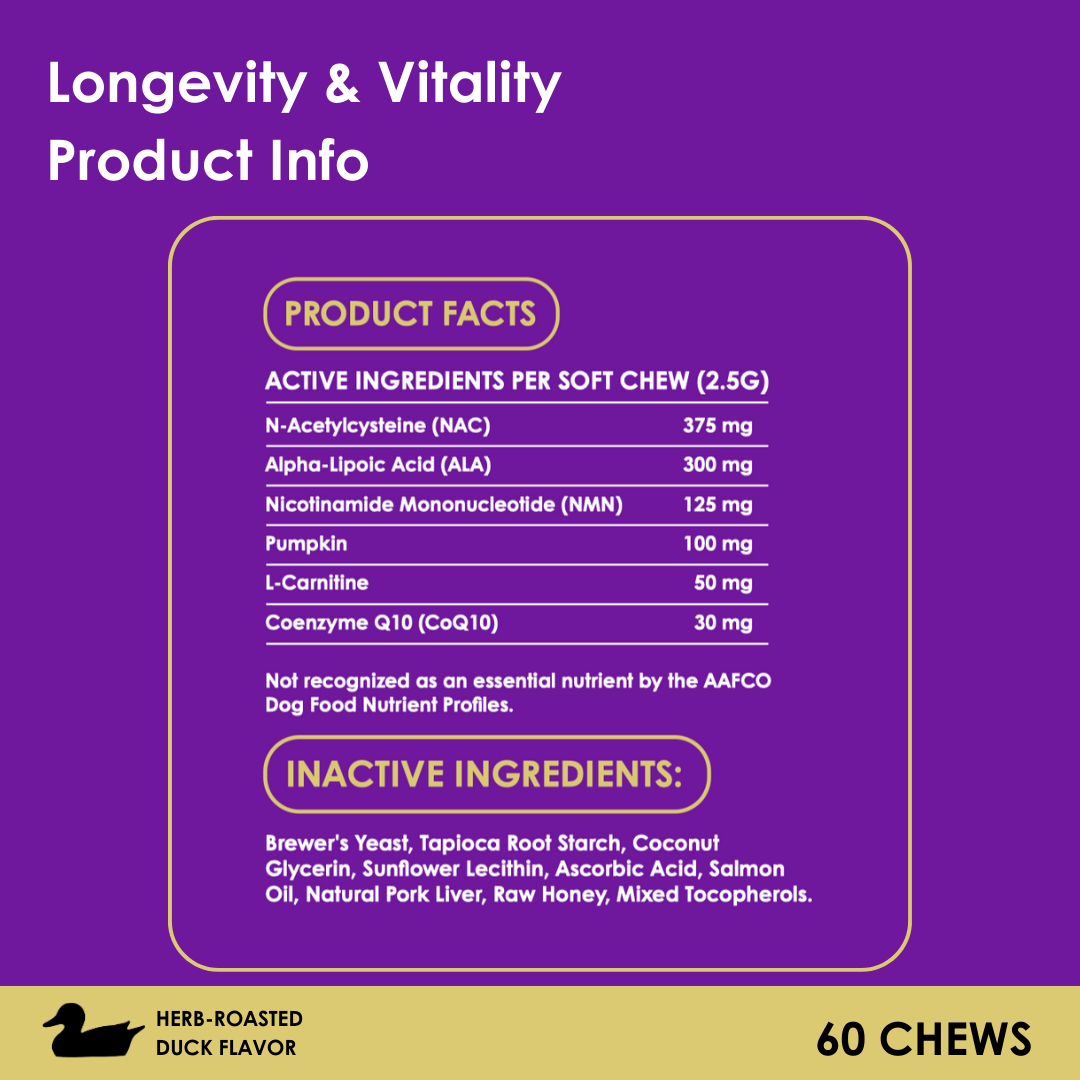Light and Ultrasound to Treat Melanoma
Melanoma, an aggressive form of skin cancer, affects both humans and animals, with dogs among the most vulnerable. Melanomas can develop anywhere on a dog’s body, especially in areas with pigmented skin, and they often metastasize if not treated early. As traditional treatments like surgery or chemotherapy may not be suitable for every dog, researchers are constantly looking for more accessible, effective options. Now, a groundbreaking study led by Texas A&M University is exploring the potential of photodynamic and sonodynamic therapies — treatments using light and ultrasound — to address melanomas in a new, non-invasive way. Here’s what this emerging science could mean for canine melanoma treatment and longevity.
What Are Photodynamic and Sonodynamic Therapies?
Photodynamic therapy (PDT) has shown effectiveness in treating non-melanoma skin cancers by targeting cancer cells with specific chemicals that activate under light. In PDT, a photosensitizing drug is applied or injected into the body, where it selectively accumulates in cancer cells. When the area is exposed to a specific wavelength of light, the drug reacts, releasing molecules that destroy the cancer cells without harming the surrounding healthy tissue. PDT is non-invasive, making it safer than surgery for patients with conditions like diabetes, where surgery can be risky.
Sonodynamic therapy (SDT) works similarly, using ultrasound instead of light. A drug, absorbed by the cancer cells, reacts under targeted ultrasound waves, creating tiny molecular “explosions” that damage the cancer cells. Together, these therapies may offer a comprehensive approach, potentially improving treatment outcomes by attacking cancer cells through both light and sound.
Why Are Light and Ultrasound Promising for Melanoma?
Melanoma has historically been challenging to treat with light-based therapies. The pigments in melanoma cells can interfere with light penetration, making it difficult for the therapy to reach deep enough layers of the skin. However, by combining PDT with SDT, researchers hope to achieve a more complete eradication of melanoma cells, reducing the likelihood of regrowth or metastasis. This combination therapy has the potential to address the primary challenge in treating melanomas — recurrence and spread.
Additionally, Texas A&M’s study explores various drug delivery methods, including microneedles made entirely of the treatment drug. Once applied, these microneedles dissolve into the skin, releasing the drug directly into the tumor without leaving any trace behind. This novel approach minimizes the need for surgery, a critical advantage for older pets or those with conditions like diabetes.
How the Study Works and Its Potential Impact on Dogs
The Texas A&M research team, led by Dr. Vanderlei Bagnato, is initially testing the combined therapies on a population of pigs known to develop melanomas. Remarkably, these pigs sometimes experience spontaneous melanoma regression, making them ideal for studying how the therapy works in cases where natural resistance to melanoma is observed. The researchers are experimenting with different drugs, dosages, light wavelengths, and ultrasound intensities to determine which combinations yield the best results.
While this study is focused on swine, it holds significant promise for dogs, as both species share physiological similarities that can allow therapies to be adapted across species. Should the study’s results prove successful, photodynamic and sonodynamic therapies could become viable options for canine melanoma, especially in cases where surgery or other treatments are not practical.
The Potential for Improved Longevity in Dogs
Melanoma can severely impact a dog’s quality of life and lifespan, particularly when it spreads to vital organs. Traditional treatments like surgery or chemotherapy come with risks, especially for elderly or immunocompromised dogs. The prospect of treating melanoma with non-invasive techniques like PDT and SDT could revolutionize canine cancer care by providing a safer, affordable, and potentially more effective treatment option.
Early and effective intervention is key to extending the lives of dogs with melanoma. PDT and SDT offer the advantage of selectively targeting cancerous cells, thereby preserving surrounding healthy tissue and minimizing the risk of complications. Additionally, the ability to apply these therapies without surgery means that dogs who might otherwise be considered too high-risk for treatment could receive care that extends their lifespan and improves their quality of life.
Future Applications in Veterinary Medicine
The Texas A&M research team envisions a broader application for this combined therapy. While initially focused on melanoma, the principles of PDT and SDT could potentially be adapted to treat other cancers and skin conditions in dogs, paving the way for less invasive treatments in veterinary oncology. Dr. Bagnato, the study’s lead, has expressed hope that this research will inspire further studies into cancer treatments for pets, which could ultimately benefit the wider field of veterinary medicine.
The data gathered from this study could lead to more refined, specialized cancer treatments for dogs. With the continued rise of advanced technologies in veterinary care, it’s possible that pet owners will soon have access to treatment options that would have been unthinkable a few years ago. Moreover, as research in this area progresses, we may see the emergence of at-home PDT or SDT treatments, which would make therapy even more accessible for pet owners and less stressful for dogs.
Considerations for Dog Owners
While light and ultrasound therapies are not yet widely available for dogs, the ongoing study at Texas A&M holds promise for a future where melanoma can be treated effectively without invasive surgery. If your dog is at risk for melanoma — particularly if they are a breed prone to the disease — early screenings are crucial. Identifying cancerous growths early, while they are still treatable, is one of the best ways to protect your dog’s health.
As research progresses and clinical applications become available, pet owners should consult with their veterinarians about the potential benefits of these emerging therapies. For now, maintaining regular veterinary check-ups and monitoring any unusual skin growths or changes in behavior are essential steps in safeguarding your dog’s health and longevity.
Conclusion
The Texas A&M study marks a pivotal moment in the quest to treat melanoma and other cancers more effectively in animals. By exploring how light and ultrasound can be used to selectively target and destroy cancer cells, researchers are setting the stage for innovative, accessible treatments that minimize pain and recovery time, while maximizing outcomes. For dogs, this approach could mean more years of active, joyful life with their families, free from the pain and uncertainty that cancer often brings.
The future of veterinary oncology is brighter than ever, with AI-driven diagnostics, non-invasive therapies, and a growing commitment to improving canine health through science. With each study, researchers are not only enhancing the quality of veterinary care but also reinforcing the human-animal bond by giving dogs a better chance at long, healthy lives. As these advancements continue to evolve, they carry the potential to transform how we approach cancer treatment, creating a legacy of longevity and vitality for generations of pets to come.




